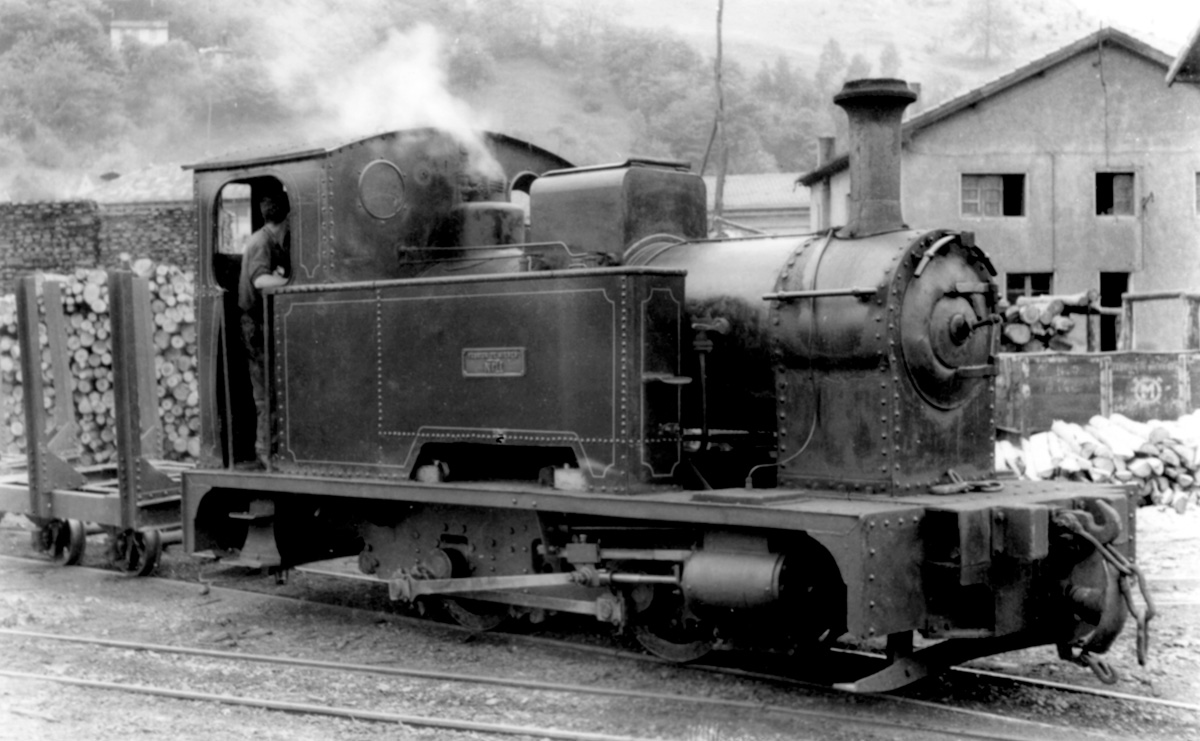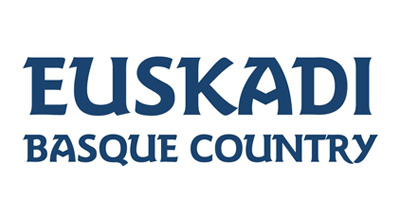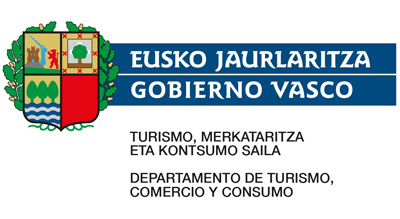Mutiloa-Ormaiztegi Greenway
History of the Railway
 This is the story of two mining deposits and a railway. Two mining companies, working opposite slopes of the same mountain, that got on well and shared the same train. The Mutiloa mining company extracted, from the mines of Troi-Aztiria (Mutiloa deposit), hematite from the chirteras (haulage deposits) that were washed in Monastegizar. It also exploited small vein of hematite with a lot of limestone (iron carbonates), which was enriched in a furnace in the vicinity of Ormaiztegui Station. To transport the ore to the processing industries, the Biscayan company Mutiloa decided to use a mountain train with steam traction. The Mutiloa-Ormaiztegi railway came into operation in 1901 with two locomotives, whose transport capacity was around 300 tonnes per day. The ore went down a chute to the hamlet of Barnaola. There it was loaded onto wagons and transported along the Mutiloa railway to Ormaiztegi Station, where it was transferred to the Norte Railway.
This is the story of two mining deposits and a railway. Two mining companies, working opposite slopes of the same mountain, that got on well and shared the same train. The Mutiloa mining company extracted, from the mines of Troi-Aztiria (Mutiloa deposit), hematite from the chirteras (haulage deposits) that were washed in Monastegizar. It also exploited small vein of hematite with a lot of limestone (iron carbonates), which was enriched in a furnace in the vicinity of Ormaiztegui Station. To transport the ore to the processing industries, the Biscayan company Mutiloa decided to use a mountain train with steam traction. The Mutiloa-Ormaiztegi railway came into operation in 1901 with two locomotives, whose transport capacity was around 300 tonnes per day. The ore went down a chute to the hamlet of Barnaola. There it was loaded onto wagons and transported along the Mutiloa railway to Ormaiztegi Station, where it was transferred to the Norte Railway.
The Cerain Iron Ore mining company extracted iron carbonate from the Aizpea deposit in Zerain, on the other side of the mountain above the hamlet of Barnaola. This English company built a mountain railway that was only 1.5 km long. A steam locomotive collected the ore extracted in the different mines and transported it in wagons to a chute, where it went down to the furnaces of Aizpea. After calcination, an aerial tram, about 3 km long, transported the ore to the hamlet of Barnaola, where it was also loaded onto the Mutiloa railway.
The two locomotives of the Mutiloa mining railway, which were given the name “Mutiloa,” ran for the last time in 1927. This is where the story of the train ends, but not that of the mines. The Troya de Mutiloa mine continued its activity until the 1980s. In Zerain, the mining operation passed into the hands of the German company Aralar in 1932 and Patricio Etxebarria de Legazpi’s factory continued operating from 1941 until its permanent closure in 1951.



